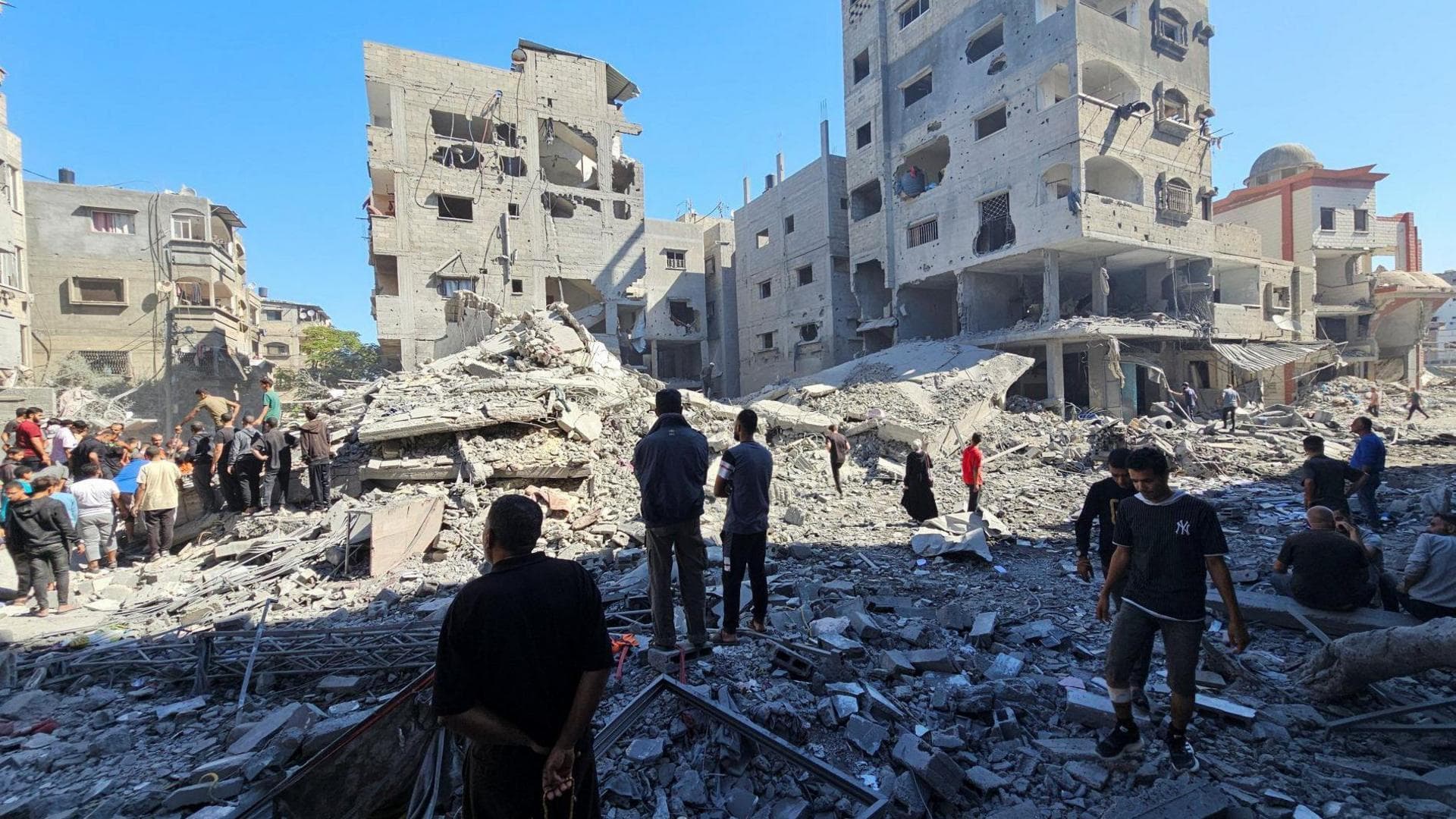Devastating Blaze Levels Oita Neighborhood, Over 170 Buildings Destroyed
A massive fire swept through the Saganoseki district of Oita city, leaving more than 170 buildings in ruins and at least one person dead, officials said. The scale of the destruction has prompted urgent government intervention and raised wider questions about urban resilience in the face of extreme weather.

A fierce blaze tore through the Saganoseki district of Oita city on the evening of November 18, consuming roughly 48,900 square meters and destroying more than 170 buildings, officials and local media reported. The fire spread rapidly amid strong winds and forced some 175 residents to seek shelter in emergency accommodations, authorities said. At least one person was confirmed dead and a wider tally of injuries was not immediately available.
Firefighters, supported by military and municipal firefighting helicopters, waged a prolonged battle into the night to extinguish hotspots and protect remaining structures. Power outages affected about 300 houses as crews worked to restore services and secure the area. Authorities said the cause of the blaze was under investigation, and that the scale of destruction made the incident the largest urban fire in Japan since 1976, excluding fires linked to earthquakes.
The swift spread of the flames highlighted vulnerabilities in older urban neighborhoods across Japan. Many residential districts on Kyushu, the southwestern island that includes Oita, combine dense clusters of wooden houses with narrow streets that can complicate firefighting access. Strong winds, which local officials identified as a factor in rapid fire growth, have become an increasingly cited risk in Japan as weather patterns shift.
Prime Minister Sanae Takaichi expressed condolences to those affected and pledged maximum government support for relief and recovery efforts. Local authorities mobilized emergency shelters and began assessments of housing needs, infrastructure damage and utility restoration. Immediate priorities include identifying displaced residents who require long term accommodations, ensuring continuity of basic services and safeguarding cultural and historical sites that may have been affected.
Beyond emergency relief, the incident is likely to spur reviews of urban planning and disaster preparedness across Japan. Officials will need to determine whether firebreaks, evacuation routes and water supply systems performed as expected, and whether additional resources are needed to protect vulnerable communities. The demographic profile of many such neighborhoods, with a higher share of elderly residents, adds urgency to improving evacuation procedures and shelter capacity.
The international significance of the Oita fire lies in its reflection of broader trends. Cities around the world are grappling with extreme weather and the compounded risks that include intense winds and dry conditions. Japan’s sophisticated disaster management institutions face the task of adapting long standing practices to a changing risk environment while coordinating national and local responses to complex urban incidents.
Investigations by local and national authorities will determine the immediate cause and inform rebuilding strategy. In coming days officials are expected to provide a clearer picture of the human toll and the financial cost of reconstruction. For residents of Saganoseki, the priorities will be recovery, shelter and the slow work of rebuilding neighborhoods that for now are marked by ash and loss.


